Are you curious about the colorful lizards darting across your Florida patio and wondering what do lizards in Florida eat to sustain their active lifestyles? The Sunshine State is home to an astonishing diversity of lizard species, both native and introduced, each with their own dietary preferences and hunting strategies. If you’re interested in different animals diets, you might also enjoy our articles on:
In this comprehensive guide by What Do They, you’ll discover what do lizards in Florida eat, how their feeding habits differ, and important ecological considerations for these fascinating reptiles.
Native Florida Lizards and Their Natural Diets
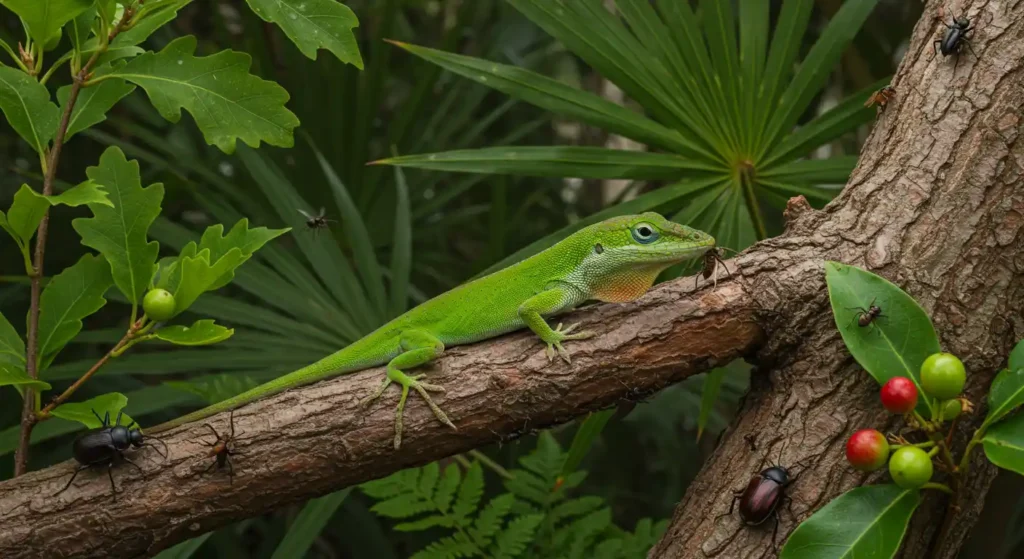
Florida’s ecosystem supports several native lizard species that have evolved specifically for the state’s unique habitats. When examining what do lizards in Florida eat in their natural environments, we find distinct preferences:
Green Anole (Anolis carolinensis) Diet
- Small insects (primary food source)
- Spiders
- Moths and butterflies
- Crickets
- Beetles
- Small flies
- Ants
- Termites
- Occasionally small berries
What’s particularly interesting about green anoles is their feeding strategy—these agile hunters rely on excellent vision and quick movements to capture prey. As Florida’s only native anole species, they’ve developed specific feeding adaptations for the local insect populations.
Six-lined Racerunner (Aspidoscelis sexlineata) Diet
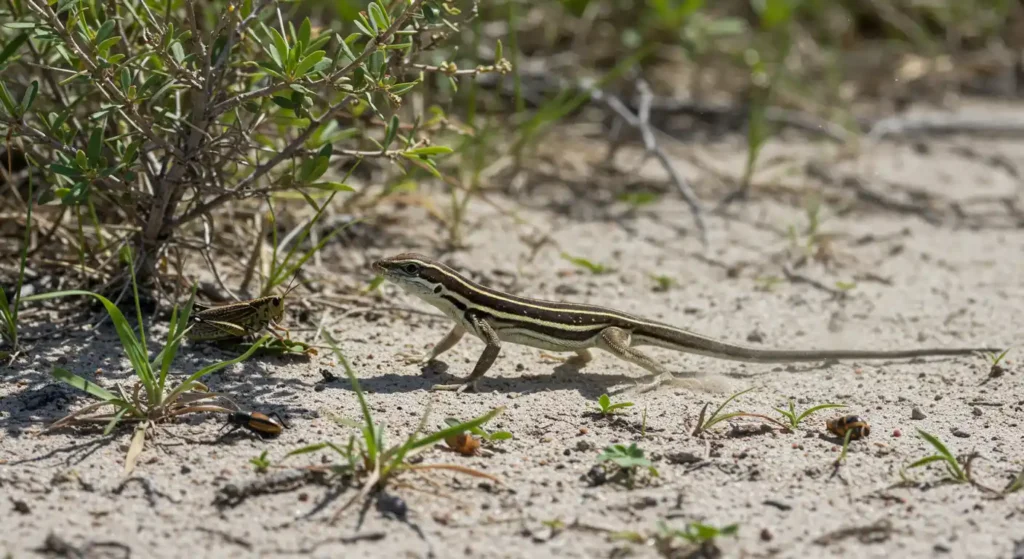
- Ground-dwelling insects
- Grasshoppers
- Crickets
- Beetles
- Caterpillars
- Spiders
- Small snails
- Occasionally plant matter
These swift lizards use their incredible speed to chase down prey, primarily hunting in open sandy areas where their speed gives them an advantage.
Southeastern Five-lined Skink (Plestiodon inexpectatus) Diet
- Beetles and beetle larvae
- Crickets
- Grasshoppers
- Caterpillars
- Spiders
- Small snails
- Occasionally small vertebrates
- Some fruit when available
Skinks employ a different hunting strategy, using their sense of smell along with vision to locate prey in leaf litter and under objects.
Florida Scrub Lizard (Sceloporus woodi) Diet
- Small insects
- Ants
- Termites
- Small spiders
- Beetles
- Grasshoppers
- Moths
These habitat specialists are adapted to Florida’s unique scrub environments, with diets reflecting the insect populations found in these endangered ecosystems.
Invasive Lizard Species and Their Feeding Habits
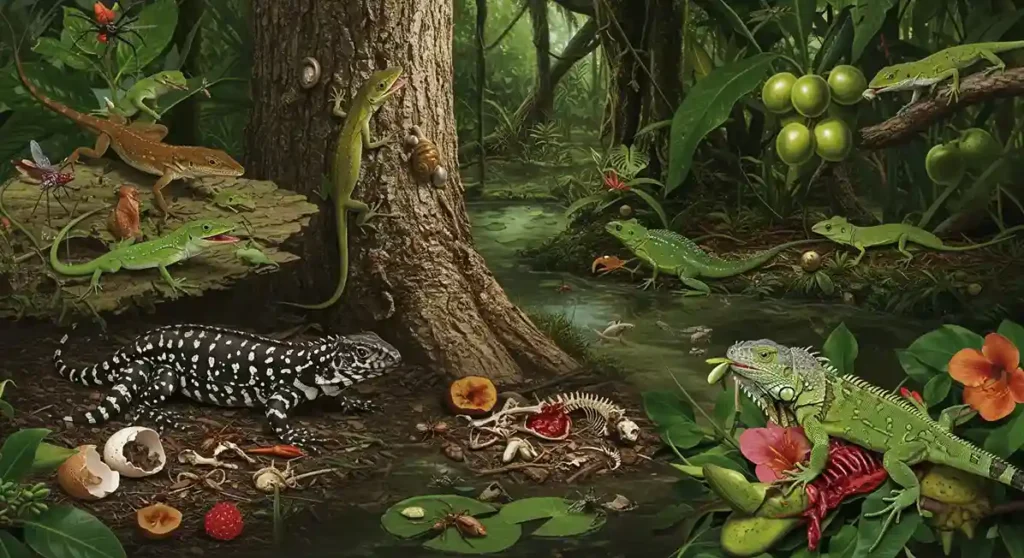
Florida hosts numerous non-native lizard species that have established wild populations. Getting knowledge on what do lizards in Florida eat must include these invasive species whose diets often impact local ecosystems:
Brown Anole (Anolis sagrei) Diet
- Small insects of all types
- Spiders
- Small crustaceans
- Occasionally smaller lizards (including juvenile green anoles)
- Sometimes small fruits and berries
These Cuban natives have dramatically expanded their range in Florida, outcompeting native green anoles in many areas due to their similar but more aggressive feeding habits.
Knight Anole (Anolis equestris) Diet
- Larger insects
- Small vertebrates (including other lizards)
- Small frogs
- Nestling birds
- Snails
- Berries and fruits
- Flower nectar
As Florida’s largest anole species, these introduced Cuban lizards consume bigger prey than other anoles, creating new pressures on local fauna.
Cuban Brown Basilisk (Basiliscus vittatus) Diet
- Insects
- Spiders
- Small vertebrates
- Aquatic invertebrates
- Plant matter and fruits
- Small fish
- Crustaceans
Often called “Jesus lizards” for their ability to run on water, these omnivores have more varied diets than many other Florida lizards.
Black and White Tegu (Salvator merianae) Diet
- Eggs of ground-nesting birds and reptiles
- Small mammals
- Birds
- Insects
- Fruits
- Vegetables
- Carrion
These large South American lizards represent a significant ecological threat due to their omnivorous diet and predation on native species’ eggs.
Green Iguana (Iguana iguana) Diet
- Primarily plant matter
- Leaves
- Flowers
- Fruits
- Vegetables
- Occasionally insects (especially as juveniles)
Unlike what do lizards in Florida eat, adult iguanas are primarily herbivorous, causing different types of ecological impact through vegetation damage.
Seasonal Variations in Feeding Patterns
When considering what do lizards in Florida eat, it’s important to understand how their diets shift seasonally:
Spring Feeding Behavior
- Increased activity after winter dormancy
- Focus on protein-rich foods for reproduction
- Exploitation of emerging insect populations
- Higher feeding frequency during breeding season
Summer Diet Adaptations
- Peak feeding activity during warm months
- Diverse prey availability
- Increased water consumption
- Adjustments to feeding times (early morning/late afternoon) during extreme heat
Fall Feeding Intensity
- Increased consumption to build reserves
- Opportunistic feeding on seasonal fruits and berries
- Preparation for reduced winter activity
- Exploitation of fall insect populations
Winter Feeding Adjustments
- Reduced feeding during cooler periods
- Opportunistic feeding during warm winter days
- Native species enter brumation (reptile hibernation)
- Many invasive species continue feeding during mild Florida winters
This seasonal adaptability in what do lizards in Florida eat helps explain their successful colonization across the state’s various ecosystems.
Habitat-Specific Dietary Variations
Florida’s diverse ecosystems shape what do lizards in Florida eat, with distinct differences based on habitat:
Urban and Suburban Environments
- Adaptation to human-associated insects (cockroaches, etc.)
- Opportunistic feeding around outdoor lighting (which attracts insects)
- Exploitation of irrigated gardens and landscaping
- Consumption of pet food left outdoors
- Utilization of exotic garden plants (especially by iguanas)
Coastal and Beach Areas
- Salt-tolerant insects
- Small crustaceans
- Beach arthropods
- Wind-blown insects
- Smaller prey diversity but higher specialization
Wetlands and Riparian Zones
- Aquatic and semi-aquatic insects
- Mosquitoes and their larvae
- Small amphibians
- Water-associated invertebrates
- Higher moisture content prey
Pine Flatwoods and Scrub
- Specialized insect species
- Ants (particularly prevalent in sandy soils)
- Beetles
- Unique arthropods adapted to fire-dependent ecosystems
Hardwood Hammocks
- Diverse leaf litter invertebrates
- Canopy-dwelling insects that fall to ground level
- Higher prey diversity reflecting ecosystem complexity
- More consistent moisture-level prey availability
Age-Related Dietary Differences
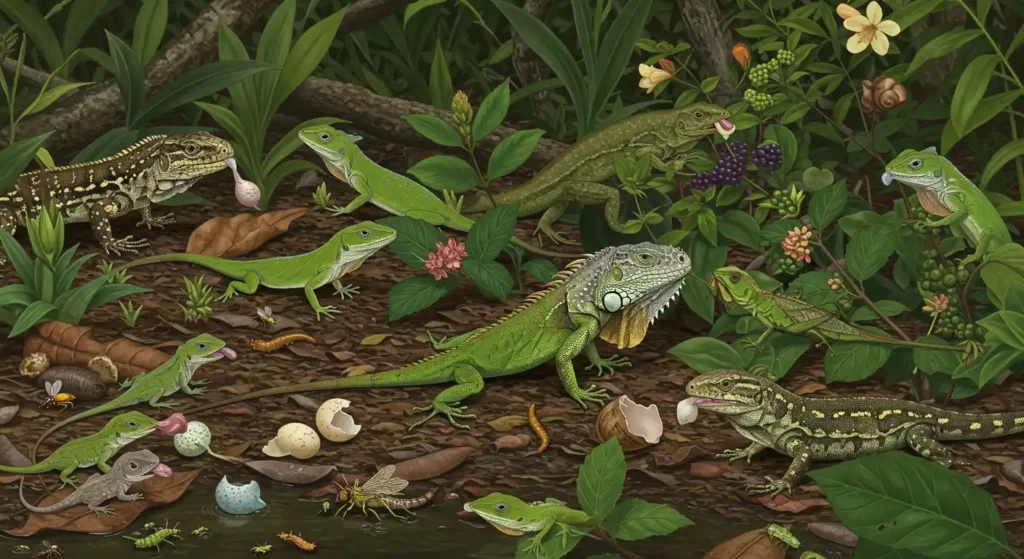
What do lizards in Florida eat changes significantly throughout their lifecycle:
Hatchling and Juvenile Diets
- Smaller prey items proportionate to mouth size
- Higher protein requirements for growth
- More frequent feeding (sometimes daily)
- Greater focus on soft-bodied insects
- Even herbivorous species (like iguanas) eat more insects when young
Adult Feeding Patterns
- Larger prey items
- Less frequent feeding
- More specialized dietary preferences
- Established territories centered around food resources
- Herbivorous species transition to more plant matter
Reproductive Females
- Increased calcium intake (vital for egg production)
- Higher overall food consumption
- Special nutrient requirements
- Sometimes specific pre-egg-laying dietary shifts
Understanding these life stage differences helps explain the complex ecological roles these lizards play across Florida.
Ecological Impact of Lizard Feeding Behaviors
The question of what do lizards in Florida eat connects directly to their ecological significance:
Beneficial Impacts
- Control of insect populations (including pest species)
- Seed dispersal through fruit consumption
- Participation in nutrient cycling
- Serving as prey for native predators
- Pollination (some species visit flowers for nectar)
Challenging Impacts from Invasive Species
- Predation pressure on native insects and small vertebrates
- Competition with native lizards for food resources
- Alteration of plant communities through selective herbivory
- Predation on eggs of ground-nesting birds and turtles
- Introduction of new parasites to native wildlife
Conservation Implications
- Native lizard dietary specialization makes them vulnerable to habitat changes
- Invasive species’ dietary adaptability gives them competitive advantages
- Climate change affects insect availability and timing
- Pesticide use impacts prey populations
- Urban development changes available food resources
So the Answer to What do Lizards in Florida Eat is…
It is important to know what do lizards in Florida eat as it provides fascinating insights into the state’s ecological networks. From tiny native green anoles to massive invasive tegus, each species occupies its own dietary niche, though these niches increasingly overlap as introduced species compete with natives. By appreciating the diverse feeding strategies and preferences of Florida’s lizards, we gain a deeper know-how of these remarkable reptiles and their place in the Sunshine State’s changing ecosystems.



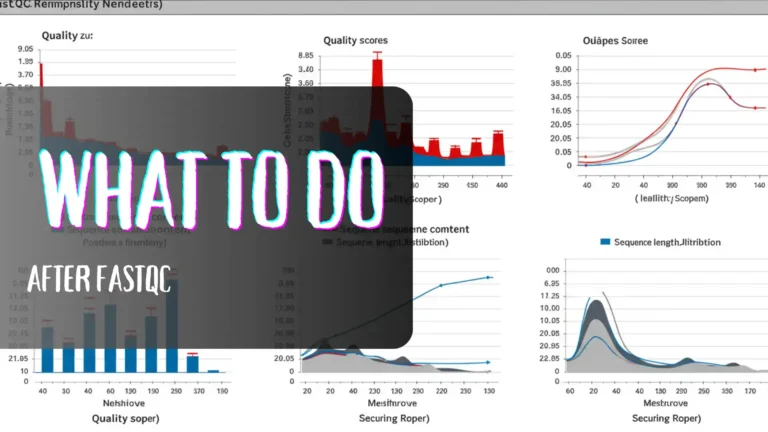


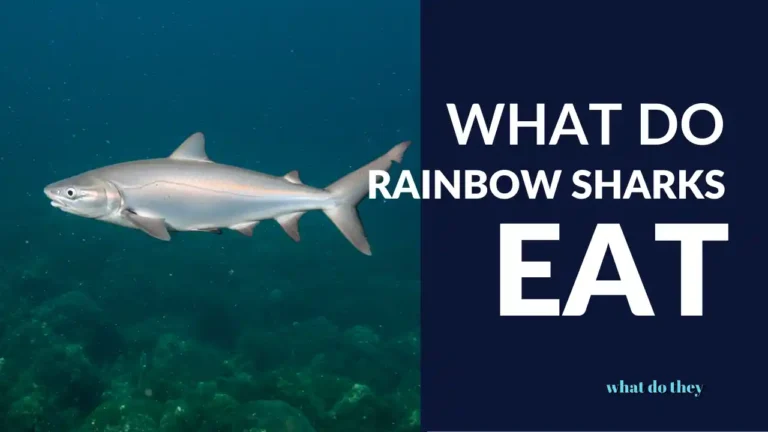

Leave a Comment